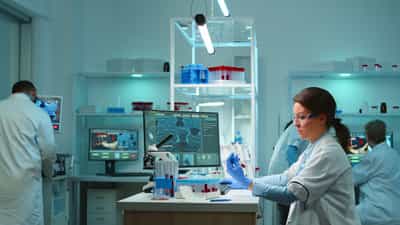Detection, synthesis and analysis of pharmaceutical impurities
Detection, synthesis and analysis of pharmaceutical impuritiesIdentifying impurities is the first step in preventing them. By elucidating the structure of impurities, it is possible to understand their formation mechanism, which can then inform industry practice around prevention or control.For impurity identification, the components of the drug must be separated to...
The Origin of Impurities in Pharma
Impurities During Drug Formulation - Actual Content Impurities may emerge due to the manufacturing methods employed or the environmental conditions under which the drugs are produced.Method-Related Impurities: These arise from specific techniques or equipment used during manufacturing, such as autoclaving, where residual compounds or by-products may be introduced. Environment-Related Impurities: Exposure to unsuitable...
Don’t ignore the small peaks. Tackle impurities now.
The overall aim of the pharmaceutical industry is to produce drugs that give the maximum desired effect with minimum side effects. Impurities are inevitable in any chemical process, but pharmaceutical impurities, even in minute quantities, can significantly influence the behaviour of a drug, with implications for both safety and efficacy. The...
Nitrosamine Impurities - Concern of the Time
The term nitrosamine describes a class of compounds having the chemical structure of a nitroso group bonded to an amine (R1N(-R2)-N=O), Due to their potent genotoxic effects found in several animals, FDA published interim acceptable limits for these impurities following the discovery of nitrosamine contaminants in ARBs, and several other...




